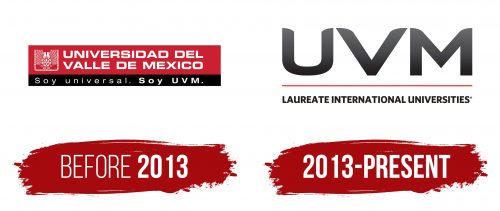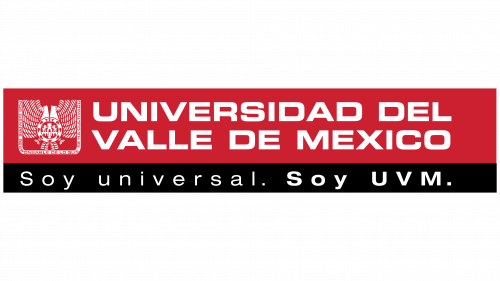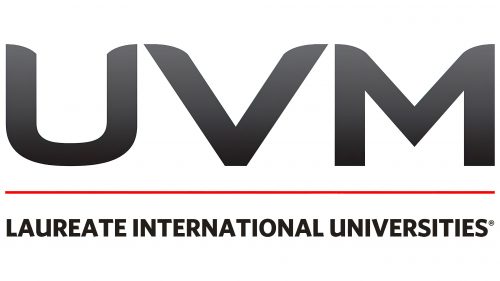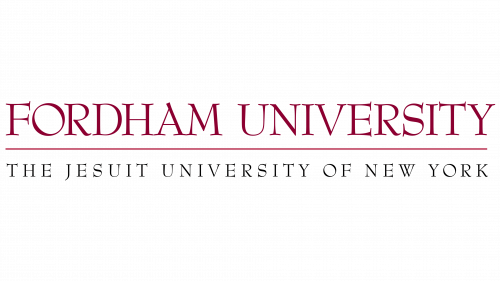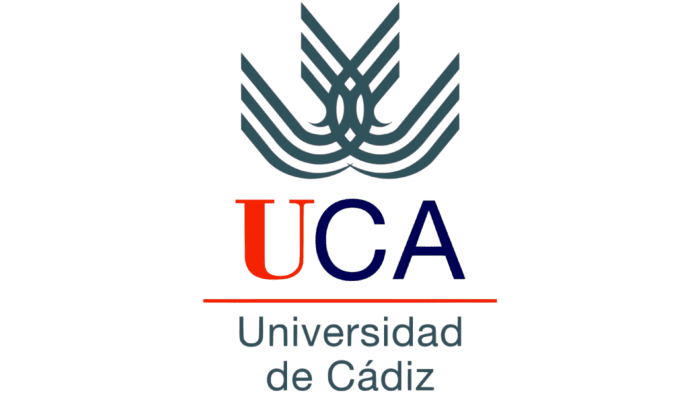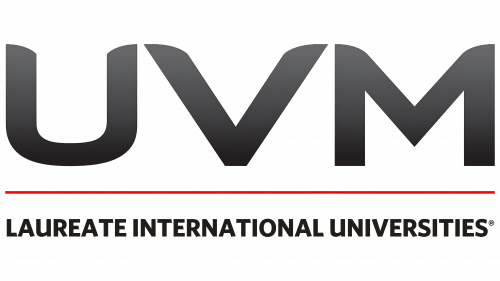 Universidad Del Valle de Mexico Logo PNG
Universidad Del Valle de Mexico Logo PNG
The Universidad Del Valle de Mexico logo is a classic design that harmoniously combines elements of innovative branding and modern graphics. It is a visual symbol and an informative and presentational mark that easily recognizes the university. It is bright and attractive yet retains its unique originality, symbolizing knowledge, inspiration, and a focus on business. The design emphasizes precision, creating a subtle but palpable connection to mathematics and accounting.
Since its founding, the university has clearly outlined two key areas—business and accounting. This focus is reflected in its branding, which has evolved while staying true to its roots. Today, Universidad Del Valle de Mexico has over 35 campuses nationwide, and its teaching staff, which initially included only 20 specialists, has grown significantly. The first student enrollment was just 200, reflecting the university’s modest but confident steps toward success.
The logo that emerged during the university’s development differed significantly from the current one, yet each element held meaning. Today, the university is deservedly considered one of the most renowned in Mexico, and its branding remains completely original, reflecting its rich history and high educational standards.
Universidad Del Valle de Mexico: Brand overview
The founding of Universidad Del Valle de Mexico (UVM) dates back to 1960 when a group of Mexican educators and businesspeople agreed to establish a new university to address the nation’s expanding demand for skilled workers. The university was first established in Mexico City as a small institution with a limited selection of majors.
Early on, the institution concentrated on creating engineering and business degrees, which were in high demand in Mexico’s rapidly expanding economy in the 1960s. It quickly established a reputation where knowledge is applied practically and closely aligned with the job market demands.
The 1970s were a time of tremendous expansion. Throughout this decade, the institution increased the scope of its academic offerings by adding courses in the social sciences, law, and medicine. This expansion reflected the goal of developing into a comprehensive center of higher learning equipped to serve the various educational needs of Mexican society.
San Luis Potosí hosted the first campus opening in 1976. This marked the beginning of the institution’s geographic expansion, which continued over the ensuing decades. With the opening of new campuses, the university was able to increase its reach and give students from all parts of Mexico access to a top-notch education.
The 1980s saw further development and upgrading. During this time, the institution built state-of-the-art computer labs and libraries and aggressively started incorporating new technology into teaching and learning. Because of this, the university has led Mexico in innovative education.
To continue growing, new campuses opened in major Mexican towns, including Guadalajara and Monterrey, in the 1990s. This expansion plan helped the institution become one of the biggest private universities in the nation.
A shift occurred in the university’s history in 2000. That year, it joined the international network of Laureate International Universities. This cooperation allowed the institution to improve the caliber of its educational programs by creating new avenues for international collaboration and information sharing.
The first online programs were introduced in 2004, a step toward increasing educational access. These programs aimed to accommodate students with work schedules and those unable to attend regular classroom sessions.
2010 saw a considerable increase in research endeavors. Establishing new research institutes and laboratories enhanced the institution’s standing as a research organization and an instructional one.
Celebrating its 55th anniversary in 2015, the university maintained its position as one of the top private colleges in Mexico. At this point, it offered a wide range of undergraduate, graduate, and doctorate programs and had more than 30 sites spread around the nation.
In 2018, a new initiative was launched to enhance education quality and fortify connections with the business sector. As part of this project, curricula were changed, and student internship opportunities were increased.
A brand-new program to encourage student entrepreneurship was introduced in 2019. Several schools established incubators and accelerators to give students the tools and guidance to build their business ideas.
In 2019, the institution signed relationships with several prestigious American and European colleges to broaden its network of international partnerships. This created new opportunities for collaborative research projects and student exchanges.
For the university, 2020 was a year of major digital transition. Investments were made to enhance the quality of virtual education, increase the selection of distance learning programs, and strengthen the online platform.
Several new programs were introduced in 2021, targeted at developing economic fields such as digital marketing, cybersecurity, and artificial intelligence. Leading technological businesses collaborated to ensure their relevance and practical applicability.
In 2022, the institution put more emphasis on research endeavors. Establishing novel materials and biotechnology research institutes enhanced its standing in the scientific community.
Several business programs were awarded international accreditation that same year, attesting to their quality on a global scale.
The infrastructure was renovated in 2023. Numerous campuses underwent modernization, including constructing brand-new labs and classrooms with cutting-edge equipment.
A new social responsibility initiative was introduced in 2023 to assist regional communities and tackle societal concerns.
“UVM 2030” is a new plan launched in 2024 to commemorate the institution’s 64th anniversary. This project will better prepare students for the demands of the labor market and keep up with worldwide educational trends.
The institution expanded its financial aid program by increasing the number of scholarship and grant recipients to ensure that a diverse range of students can receive a high-quality education.
The institution has always prioritized social responsibility, implementing several community service initiatives and offering scholarships to students from low-income backgrounds.
As a result, the university’s history is one of constant innovation, expansion, and adaptation to the shifting demands of the Mexican people and the international education market. The institution has grown from a modest start in Mexico City to become one of the nation’s biggest private colleges. It continues to significantly impact the advancement of higher education in Mexico.
Meaning and History
What is Universidad Del Valle de Mexico?
It is a private higher education institution with several campuses throughout Mexico. It offers graduate and undergraduate programs in social sciences, business, engineering, health, arts, and other subjects. The institution is known for its advanced facilities and real-world approach to learning, focusing on preparing students to succeed in a globalized society. It maintains close relationships with business partners, providing students with access to internships and practical work experience. The institution is a member of the Laureate network of foreign universities, and its curriculum may include a global perspective and participation in foreign exchange programs.
Before 2013
The first logo was remarkably wordy and memorable. It drew attention with its bright tricolor scheme, where black and red harmoniously intertwined, creating a visually captivating contrast with the white letters. This unique combination of colors made the emblem distinctive and easily recognizable. Each area of the logo was delineated, allowing it to convey specific information, like parts of a puzzle, uniting the three key features of the identity.
The graphic emblem, engraved to the right of the text, attracted special attention. Its detail allowed one to see not just an image but powerful symbolism. A double-headed eagle with outstretched wings symbolized freedom and strength, while its powerful beak represented knowledge, ready to break through. The union of the eagle with two lions highlighted success in education and confidence in overcoming challenges.
The university’s name was written in white capital letters arranged in two rows. The logo font was carefully selected, combining perfectly straight lines with soft curves, which gave the text harmony and balance. The width of the letters and equal spacing between them added clarity and order to the overall perception.
An additional element was the two dots used in the punctuation of the logo. This was a deliberate technique aimed at focusing the viewer’s attention on the emblem’s key aspects. Of course, the abbreviation UVM, written in large letters, completed the image, emphasizing the university’s importance and prestige.
2013 – today
In 2013, the logo’s color palette was changed, and traditional elements—the two-headed bird, lions, and shield—were abandoned. The new logo’s modification focused on the textual content, emphasizing each letter’s perfection and the background’s simplicity.
At first glance, the color scheme of the new logo seems simple, but this simplicity hides a carefully considered choice of shades. The gray color on a white background creates an elegant combination, enhanced by a gradient and shine, giving the letters depth and significance. The abbreviation is rendered in uppercase letters, which becomes the central element of the composition. Straight angles and neatly rounded edges of some elements create a balance between precision and sophistication. The visual impact is amplified by a red line separating the two words. This thin line is a visual magnet, drawing attention to key details.
The black color used for the uppercase letters in the phrase “Laureate International Universities” emphasizes the high status of the educational institution. This inscription serves as a reminder that the Universidad Del Valle de Mexico continues its dynamic development and holds an esteemed fourth place among the best educational institutions in the country.
